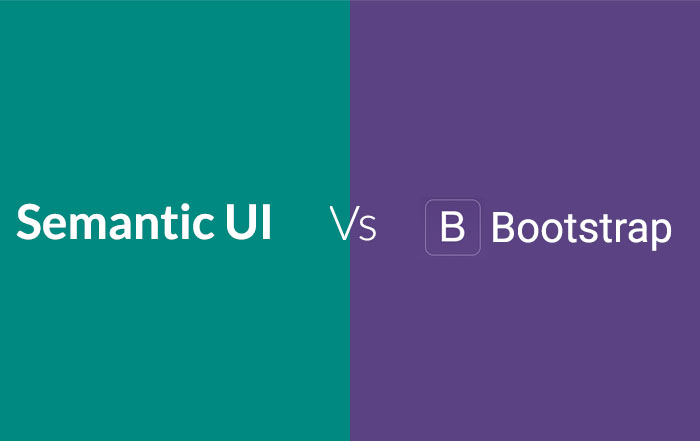Write More, Do Less
03 Oct 2017Semantic UI or Bootstrap?

Semantic UI is often seen as a direct competitor to Bootstrap, but they both have their advantages and can coexist in a web project. To start, they offer different elements and styles, allowing you to pick and choose the ones that will work best in your project. For example, Semantic UI has more specialized components such as comments and cards, which Bootstrap lacks. If you want to create a web application with those components, but do not want to recreate them using a combination of other elements, Semantic UI is right for you.
In my experience with Bootstrap, I found that it is just a combination of simple elements that can be arranged responsively on the screen using a grid layout. In that sense, it is simpler than Semantic UI, which has lots of elements, collections, views and modules. Knowing which ones to use can be quite difficult. Some may argue that the plethora of features in Semantic UI makes it better. I do not disagree. But if I just want to create a simple website, I personally would still go with Bootstrap first.
HTML/CSS Is Still King
Frameworks like Semantic UI and Bootstrap can make your website look much better, but they still lack a lot of features when compared with HTML and CSS. It is difficult and frustrating to figure out what you can/should do using a framework and what you can only do using HTML and CSS. Sometimes this problem makes it so that it is much easier to just use HTML and CSS. Frameworks are great for styling, but in return for having to learn all the class names and having to write class="..." repeatedly, they actually allow you to do less. This is my main gripe with them.